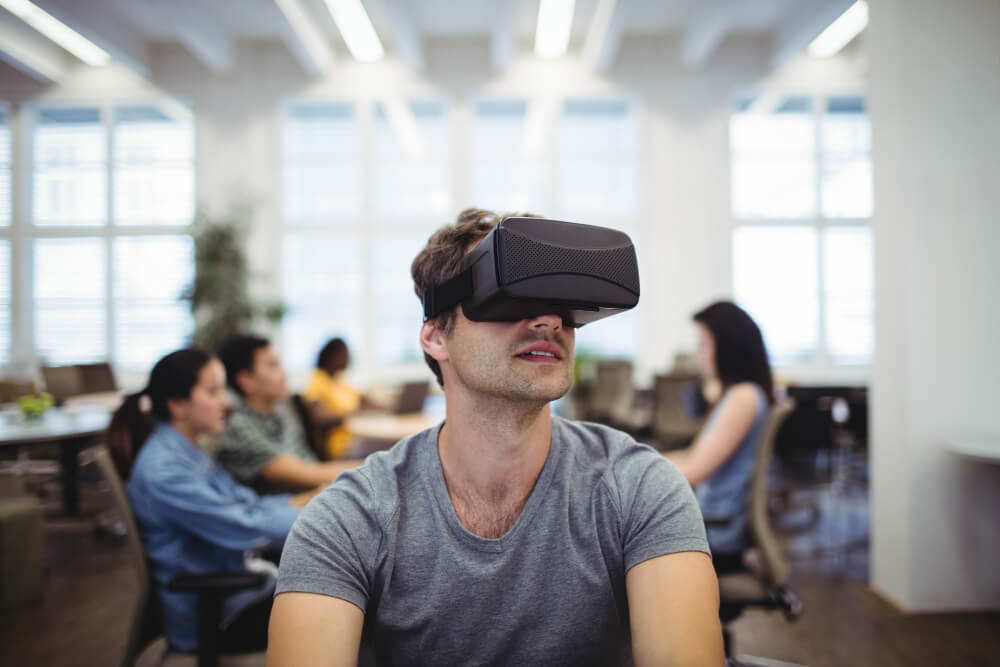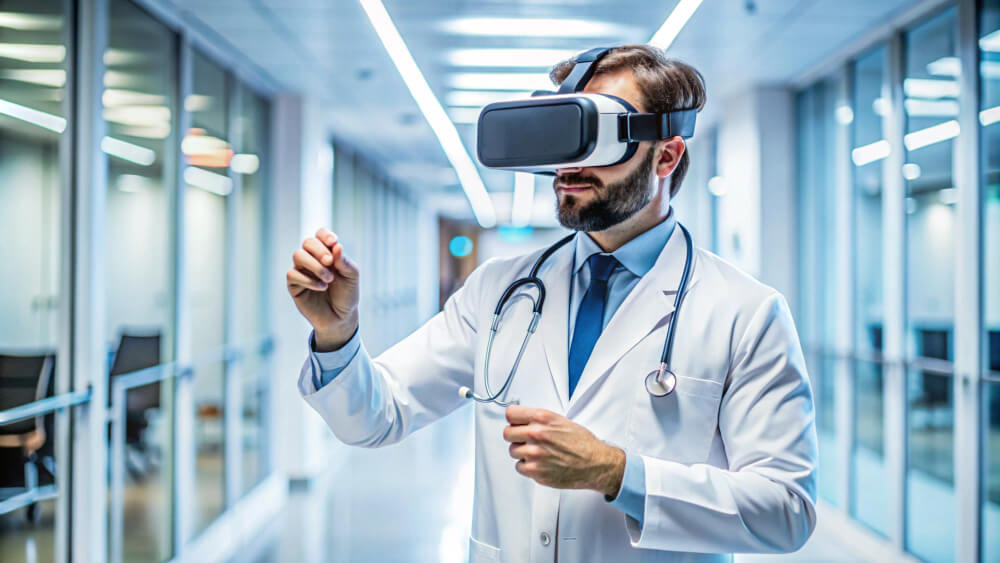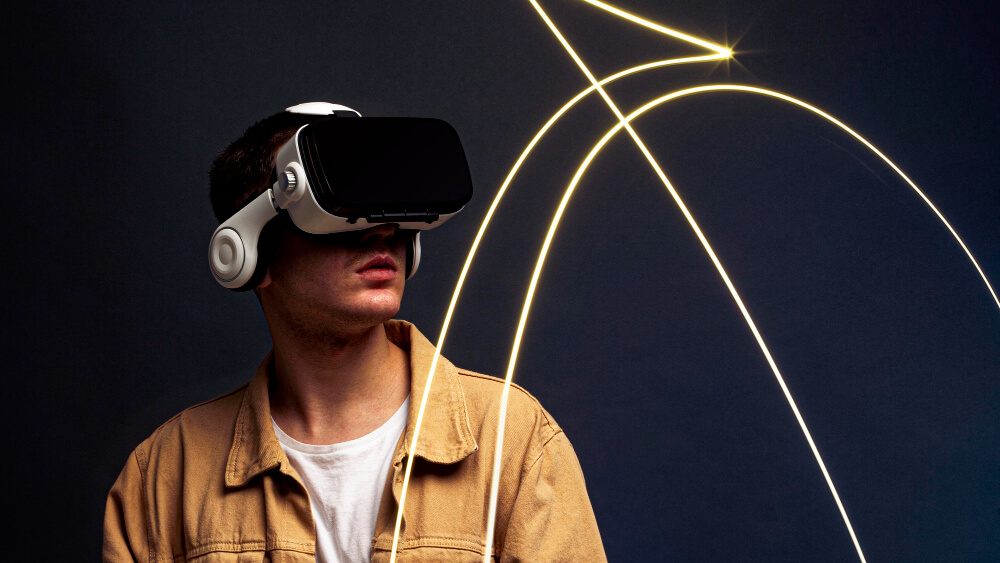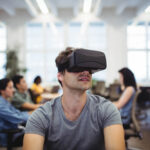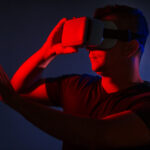Augmented Reality for the Jewelry Industry
Table of Contents:
Did you know that the most expensive diamond, the so-called black stone “The Enigma,” weighed 555.55 carats and was sold for £3.16 million by auction house Sotheby’s? The buyer was cryptocurrency entrepreneur Richard Heart. Beyond such enormous purchases, the jewelry industry has great potential and is not limited in its abilities to offer a variety of items for different occasions. So how can augmented reality help in the development of jewelry industry?
What is augmented reality?
According to scientific definitions, augmented reality is the combination of real-world images with virtual elements created with the help of information technology. Augmented reality, unlike virtual reality, expands our view of what we see in the real world by superimposing elements, such as new objects or information in the form of text, over it without creating a fully three-dimensional image. There are many opportunities for this technology to be used and applied across various areas, including the jewelry industry.
Augmented reality for jewelry and other industries
With the help of augmented reality, you can now try on clothes, furnish your apartment, select interior accessories, and even check how a new car model will look in your driveway. But that’s not the end of the possibilities – AR also helps in the virtual fitting of jewelry, which is very important in developing the industry’s e-commerce sector. But why is this the case?
Let’s look at the data. Google’s Consumer AR Survey shows that as many as 66% of consumers say they are interested in using AR to help them shop. The same group of respondents confirmed that they want to be able to visualize how a product will fit their style, life, and needs. Shopify, meanwhile, reports that “interactions with products having 3D/AR content showed a 94% higher conversion rate than for products without AR/3D.”
Unlock the future with Mazer: Your innovation partner.
How can augmented reality be used in the jewelry industry?
Virtual fitting rooms
AR in the jewelry industry can be used primarily to create virtual fitting rooms. This trend began to develop relatively rapidly during the coronavirus pandemic. The restrictions put in place and orders to stay indoors led many consumers to purchase jewelry online. Photos alone, however, in many cases, do not reflect what a person might look like wearing an item of jewelry. So, those brands that have gone a step further and created virtual fitting rooms have been light-years ahead of the competition.
Three-dimensional jewelry models
Augmented reality for jewelry can also be used to create three-dimensional models of rings, necklaces, earrings, and other items. A 3D virtual prototype of a new jewelry model developed this way can be presented to a target audience to assess initial interest or used in B2B relationships between jewelry designers and retailers.
It is worth being aware that jewelry designs are often very complicated and labor-intensive. By allowing prospective buyers to evaluate each piece of artwork and try it on virtually, you make the visual experience unforgettable and increase the chances of finalizing the deal.
Personalization of sales
Augmented reality in jewelry is also an effective tool to support the personalization and targeting of individual offers to buyers. In addition, augmented reality can effectively guide consumers through product categories once they land on your website. This approach to site navigation helps e-consumers search for products, improving their shopping experience.
What are the most critical advantages of AR in jewelry?
Companies implementing augmented reality technology in the jewelry industry can more effectively reach customers with their offerings. If customers are able to virtually try on sets or individual pieces of jewelry, they are far more likely to end up buying them. Virtual assistants also provide support at every stage of the shopping journey.
In addition, using AR to sell jewelry allows retailers to collect better customer data to understand more about their shopping preferences. Through this, matching offers to expectations and desires is simpler, ultimately providing bigger profits for companies. Above that, AR technology makes it possible to share interesting products with friends. So, if a person likes a piece of jewelry, they can easily share it with others. For jewelry companies, this provides another opportunity to generate revenue.
So, it is worth keeping up to date with trends in how AR technology is being adapted for use in the jewelry industry. As interest from buyers grows, this type of solution will offer companies a competitive advantage. Virtual jewelry fitting rooms and 3D models of new products are just the beginning of what new technologies can bring to the development of this sector.
Read also: Banking In The Metaverse
How is augmented reality benefiting the jewelry industry?
Augmented reality is benefiting the jewelry industry by enabling virtual fitting rooms, creating three-dimensional models of jewelry, and personalizing sales experiences.
How can augmented reality be used to create three-dimensional models of jewelry?
Augmented reality can be used to create three-dimensional models of jewelry items. These 3D virtual prototypes can be presented to potential customers for evaluation or used in B2B relationships between jewelry designers and retailers.
What are the key advantages of implementing AR in the jewelry industry?
Implementing AR in the jewelry industry offers several advantages, including improved customer reach, increased sales through virtual try-ons, better customer data collection for personalized offers, enhanced shopping experiences, and the ability to easily share products with others, creating additional revenue opportunities for jewelry companies.
Unlock the future with Mazer: Your innovation partner.

Author: Rafał Siejca
Rafal has over twenty years of corporate experience, including roles at Millennium Bank, Comarch, and leading software teams at PZU, one of Europe’s largest insurance companies. As one of Poland’s few true VR experts with a decade of experience, he ensures timely, high-quality project delivery as CEO and CTO.


